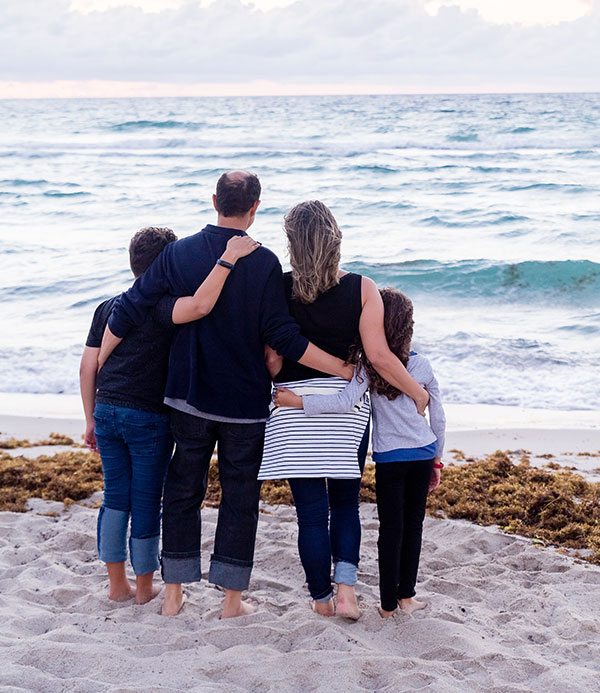A Participating Whole Life Insurance Policy gives clients the opportunity to earn an annual dividend as well as the ability to grow their insurance coverage and cash value amount beyond the guarantees indicated in the contract participating policies such as a whole life policy pays dividends. The dividend is a portion of the insurance company’s profits that are paid to policyholders as if you were an investor or stockholder. These dividends are taken as a Paid-up Addition of more life insurance. Paid-up additions of insurance are available as a rider on a whole life policy. It lets the policyholder increase their living benefit and death benefit by increasing the policy’s cash value. Paid-up additions themselves then earn dividends, and the value continues to compound indefinitely over time.
| Age | Accumulated Cash Value | Life Insurance Value |
|---|---|---|
| 21 | $76,903 (Graduate School) | $639,048 |
| 30 | $147,065 (Home Dwn Payment) | $967,306 |
| 40 | $274,393 (new Business Capital) | $1,315,637 |
| 65 | $1,091,154 (Retirement) | $1,315,637 |
- The Parent, grandparent or guardian purchases a participating whole life insurance policy.
- Parents, grandparents or guardians are the owner of the insurance policy.
- The child is the life insured.
- Qualifying for the Life Insurance is based on the health of the child.
- Premium cost for the Life Insurance is based on the health of the child.
- Premium payments are set up for 20 year or 240 months – After 20 years all premiums are paid and no further funds will ever be due.
- The child will never need to pay for the policy.
- The participating whole life insurance policy will fund itself through the dividends that grow inside the policy.
- At the appropriate time the parent, grandparent or guardian gifts the participating whole life insurance policy to the child.
- The child is now the owner of the policy and can designate any beneficiary that they want.
- The child will never need to pay a single premium and no funding is ever needed after the initial 20 years.
- Participating Whole life insurance is an asset and is recognized as collateral by most major banks and financial institutions.
- The Cash value & Death benefit grow over the years by re-investing the Dividends back into the policy using “Paid-up additions” which buy more insurance and create more dividends (Snowball effect).
- The child can now borrow up to 90% of the cash surrender value that has grown inside the policy.
- This loan is tax-free.
- This loan and all accumulating interest payments can be paid using the life insurance death benefit upon the death of the child.
- The loan can be taken at any time.
- Pay for a wedding
- Start a new business
- Down payment for a home-Fund the child’s retirement
- Upon the child’s death the life insurance coverage is paid out to the beneficiary
The death benefit continues to grow over the years because dividends purchase paid-up additions of more life insurance and this coverage continues to create more dividends (Snowball effect of dividends)





